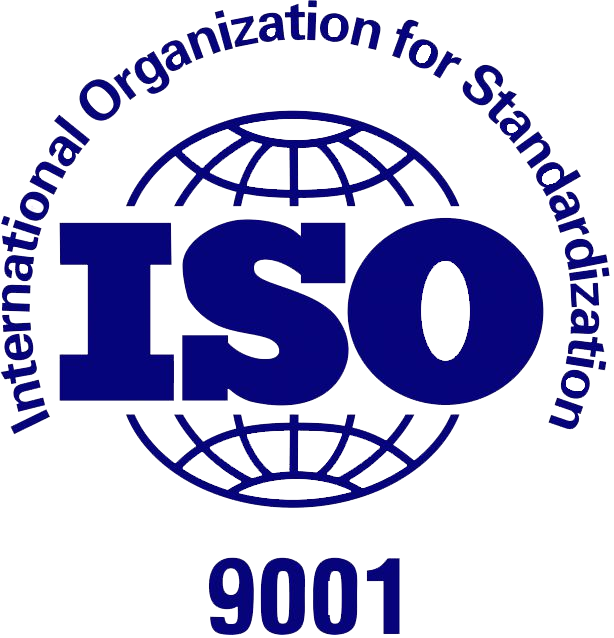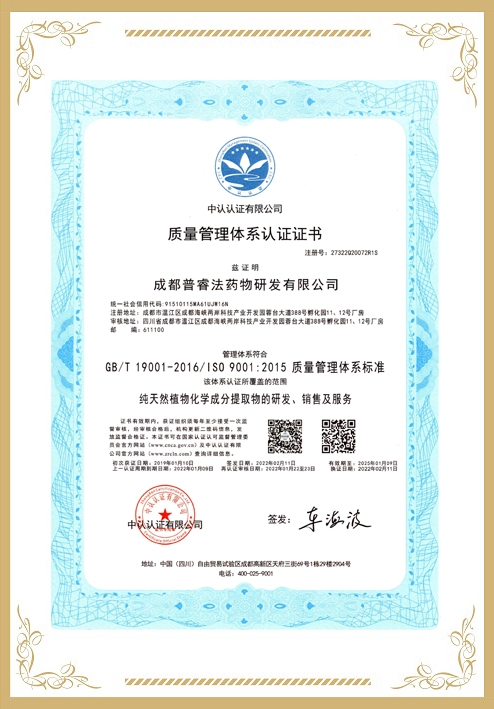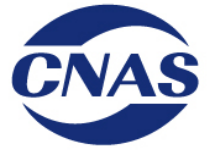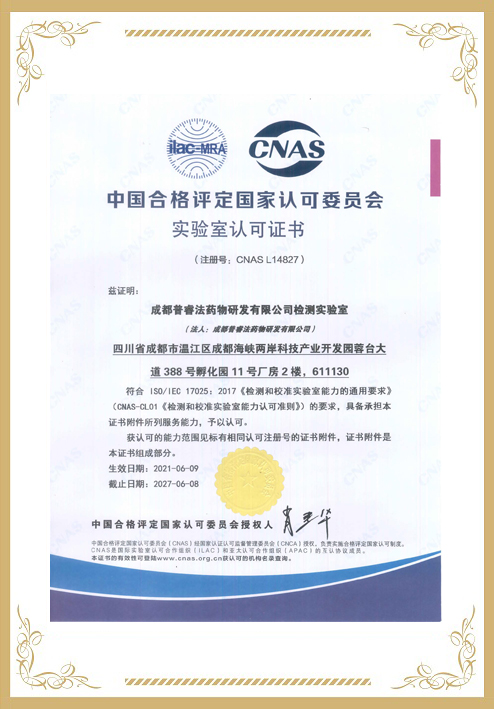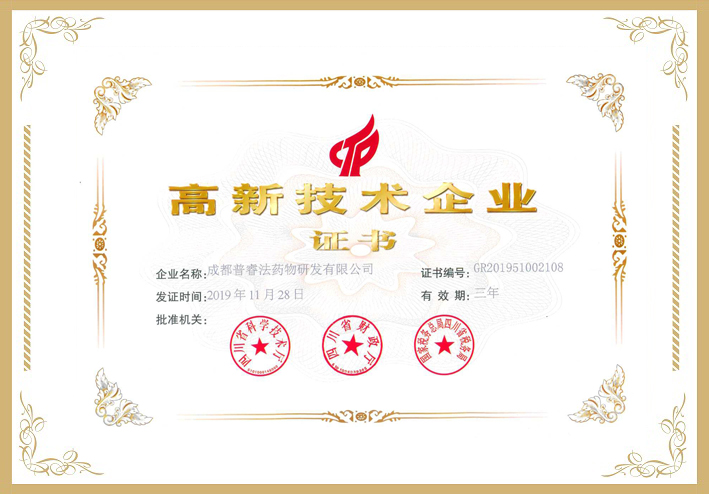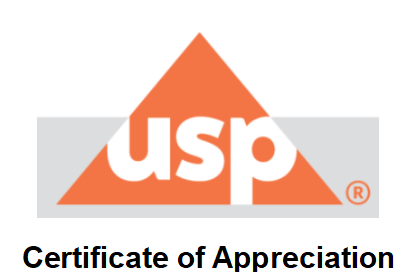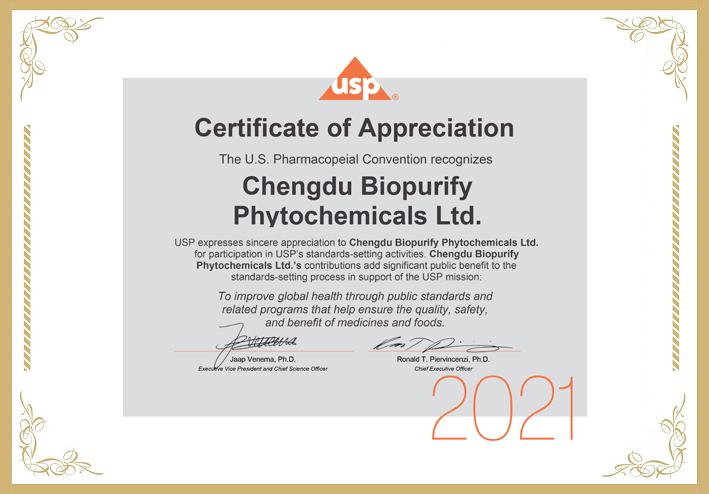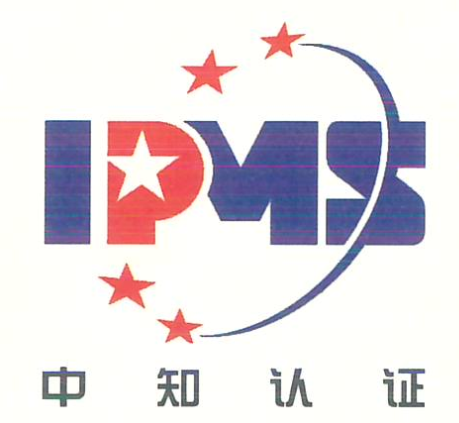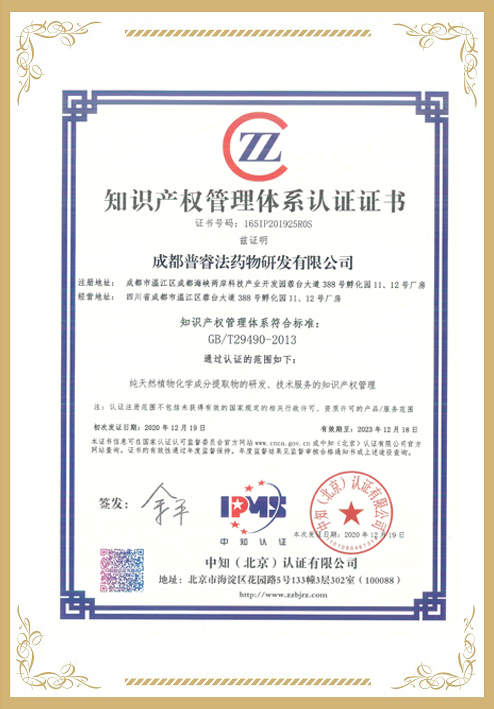Background: Sorafenib resistance poses a significant challenge in the management of advanced hepatocellular carcinoma (HCC). Therefore, understanding the mechanisms behind sorafenib resistance is crucial for reversing resistance and enhancing the therapeutic effect of this anti-cancer drug. In this study, the molecular mechanisms underlying the ability of emodin to reverse sorafenib resistance were examined in sorafenib-resistant Huh7 (Huh7SR) cells.
Methods: In this study, we successfully established a Huh7SR cell line that was subsequently divided into four treatment groups: control, sorafenib, emodin, and a combination of sorafenib and emodin. The cell viability, migration, invasion, colony formation capacity, and apoptosis of cells were assessed using the Cell Counting Kit-8 (CCK-8), transwell, colony formation, flow cytometry, and Hoechst staining assays, respectively. Using western blot analysis, we investigated proteins associated with apoptosis, epithelial-mesenchymal transition (EMT), and AKT signaling to explore the molecular mechanisms of emodin-dependent sorafenib resistance reversal.
Results: Notably, sorafenib and emodin combination treatment exhibited a synergistic effect, enhancing chemosensitivity and apoptosis while inhibiting proliferation, colony formation, migration, and invasion. Additionally, western blotting showed that emodin significantly enhanced sorafenib’s ability to reverse EMT, induce apoptosis, and inhibit AKT signaling in Huh7SR cells.
Conclusions: Our study demonstrated that emodin effectively enhances sorafenib sensitivity, promotes apoptosis, and reverses EMT in Huh7SR cells through inhibition of the Akt signaling pathway. A limitation of this study is the exclusive use of a single cell line. Overall, emodin can enhance sorafenib’s efficacy as an adjuvant therapy in the treatment of HCC.
Keywords: Emodin; Akt signaling pathway; epithelial-mesenchymal transition (EMT); sorafenib resistance; apoptosis














